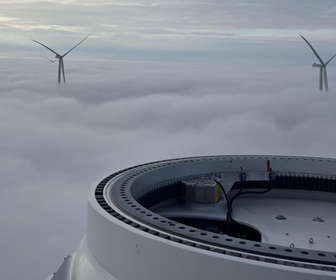Scotland’s offshore wind sector is at a critical juncture, according to the Chief Executive of Scottish Renewables, the trade body representing the country’s renewable energy industry. With a pipeline exceeding 40GW, Scotland ranks among the top ten global offshore wind markets. The current pipeline includes five consented projects, eight in planning, and 22 under development. Despite this potential, industry leaders have expressed concern that key investment decisions expected in the coming weeks are being threatened by continued uncertainty.
Central issues include proposed zonal pricing and the lack of clarity around sustainable reform of volatile transmission charging mechanisms.
Recent reports have highlighted the following:
- Scotland’s offshore wind pipeline could generate between £29 billion and £35 billion in public value over the next 40 years
- Renewable energy projects may account for around £75 billion of an estimated £100 billion in potential investment in the Highlands and Islands by 2040
- Reforming Transmission Network Use of System (TNUoS) charges could reduce consumer costs by £16.2 billion between 2028 and 2050
- Continued uncertainty over zonal pricing risks turning a projected £8.9 billion benefit into a £9.6 billion cost for consumers
The warning from Scottish Renewables follows Ørsted’s recent decision to halt development of the Hornsea 4 Offshore Wind Farm in England.
At the same time, the UK Government is preparing to open Allocation Round 7 of the Contracts for Difference (CfD) scheme. CfDs offer fixed prices to clean energy generators and play a key role in enabling new projects. This year’s auction round is regarded as vital for achieving the UK’s 2030 clean power goals.










